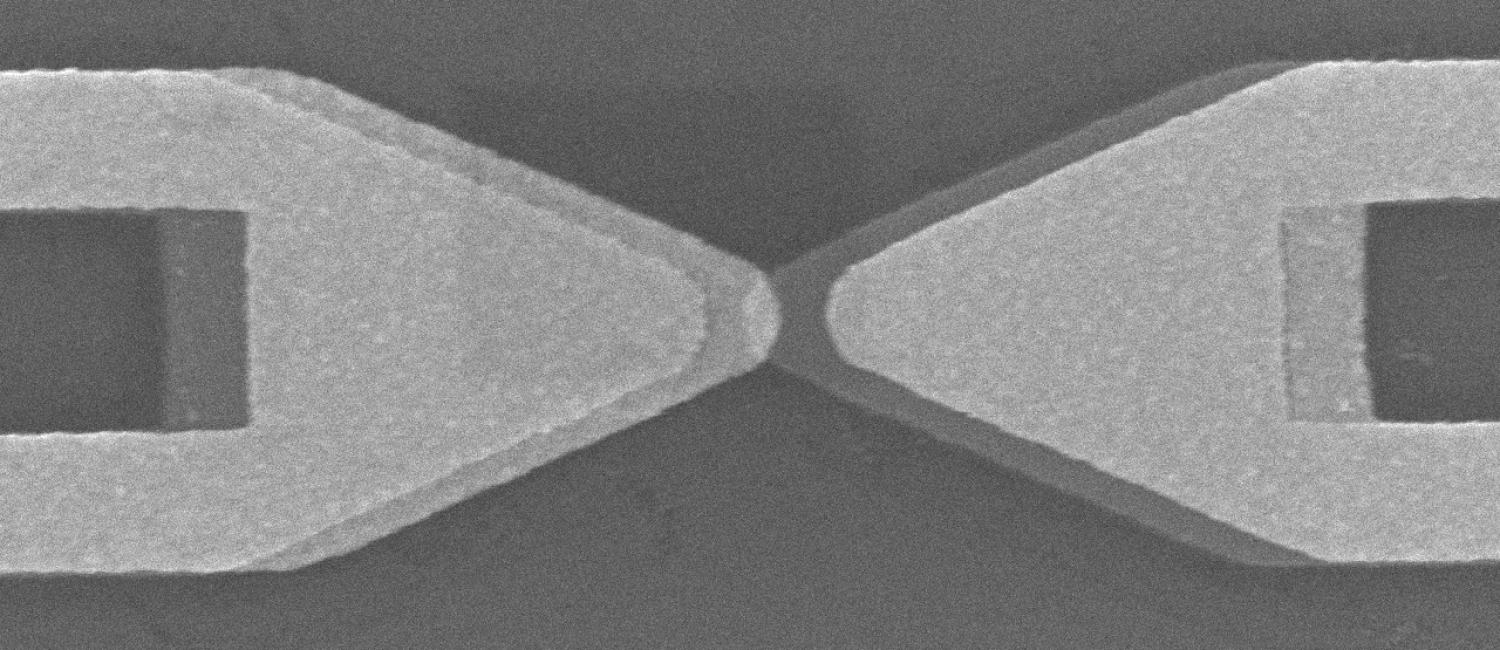Quantum wells: a route to efficient energy harvesting

Scientists debut most efficient 'optical rectenna' devices that harvest power from heat
Scientists at the University of Colorado Boulder have tapped into a peculiar property of electrons to design devices that can capture excess heat from their environment and turn it into usable electricity.
The researchers have described their new 'optical rectennas' in a paper published in the journal Nature Communications.
These tiny devices are roughly 100 times more efficient than similar tools used for energy harvesting. They work by resonant tunnelling - in which electrons pass through solid matter without spending any energy.
"They go in like ghosts," said lead author Amina Belkadi.
Rectennas comprise an antenna, which absorbs radiation, and a diode, which converts that energy into DC currents.
The effect of resonant tunnelling in diodes known as metal-double-insulator-metal (MI2M) diodes has been predicted for over two decades but no experimental demonstrations have been reported at the low voltages needed for energy harvesting rectenna applications.
Using quantum-well engineering, the team demonstrate the effects of resonant tunneling in a Ni/NiO/Al2O3/Cr/Au MI2M structure. By varying the thickness of insulators to modify the depth and width of the MI2M quantum well, they show that resonant quasi-bound states can be reached at near zero-bias, where diodes self-bias when driven by antennas illuminated at 30 THz.
This results in an improvement in energy conversion efficiency by more than a factor of 100 over the current state-of-the-art, offering the possibility of engineering efficient energy harvesting rectennas.
"We demonstrate for the first time electrons undergoing resonant tunnelling in an energy-harvesting optical rectenna," said Belkadi. "Until now, it was only a theoretical possibility.
"If you choose your materials right and get them at the right thickness, then it creates this sort of energy level where electrons see no resistance," said added. "They just go zooming through."
And that means more power.
To test the effect, Belkadi and her colleagues arrayed a network of about 250,000 rectennas, which are shaped like tiny bowties, onto a hot plate in the lab. Then they cranked up the heat.
The devices were able to capture less than 1 percent of the heat produced by the hot plate. But Belkadi thinks that those numbers are only going to go up.
"If we use different materials or change our insulators, then we may be able to make that well deeper," she said. "The deeper the well is, the more electrons can pass all the way through."
Study coauthor Garret Moddel, professor of ECEE, said that the study is a major advance for this technology.
"This innovation makes a significant step toward making rectennas more practical," he said. "Right now, the efficiency is really low, but it's going to increase."
Such devices are potential game changers in the world of renewable energy. Working rectennas could, theoretically, harvest the heat coming from factory smokestacks or bakery ovens that would otherwise go to waste. Some scientists have even proposed mounting these devices on airships that would fly high above the planet's surface to capture the energy radiating from Earth to outer space.
'Demonstration of resonant tunneling effects in metal-double-insulator-metal (MI2M) diodes' by Amina Belkadi et al; Nature Communications volume 12 (2021)


































